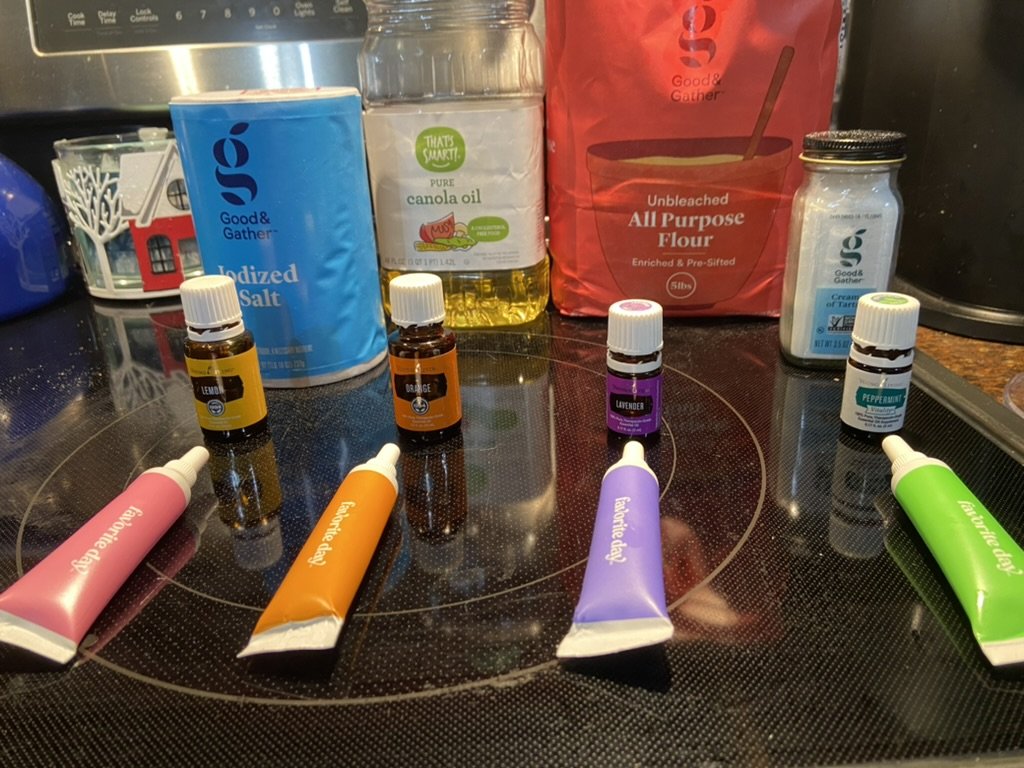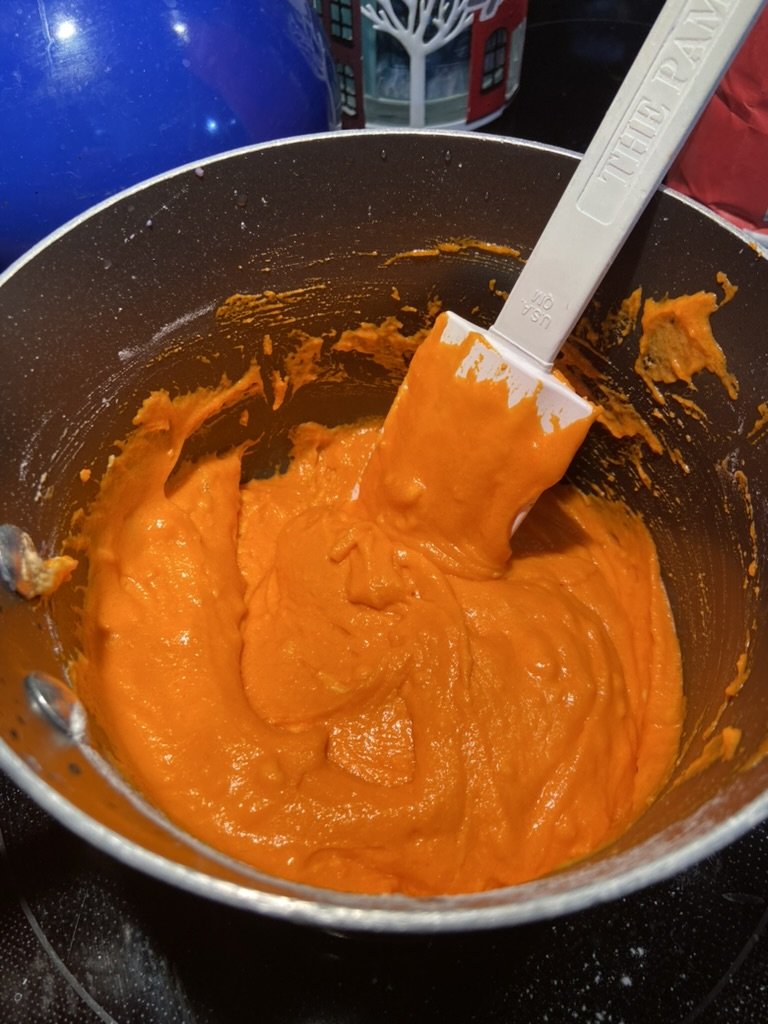DIY Homemade Playdoh!
Playdoh provides playful possibilities! Let's explore how to make homemade playdoh, learn about the sensory systems that are involved when playing with Play-Doh, and some of the ways playdoh can be utilized.
I have a special and simple homemade playdoh recipe from years ago when my children and I attended early childhood classes. We enjoyed this playdoh regularly over the past years, as it is soft and will last a long time if kept airtight in a ziplock bag or container.
Items needed to make about 2 cups of playdoh:
1 cup white flour
1/2 cup salt
1 cup water
1 Tbsp oil (I used canola)
2 tsp. cream of tartar
A two-cup airtight container
Instructions:
Mix all ingredients together in a saucepan. This is the time to add spices, food coloring, essential oils or extracts as desired. Cook over medium heat, stirring constantly until the mixture forms a ball. Knead on a floured surface until smooth.
Optional:
You could also add glitter to the playdoh for some extra visual bling!
For my sensory bin creation, I made four kinds of playdoh:
Pink lemonade (pink food coloring, lemon essential oil)
Orange (orange food coloring, orange essential oil)
Peppermint (green food coloring, peppermint essential oil)
Lavender (purple food coloring, lavender essential oil)
Providing four colors and scents of playdoh gives choices to you and your children. If calming is what’s desired, lavender is a good choice. If some energy is needed, break out the peppermint!
Playdoh and our senses
1. Visual (see) - Colorful playdoh is visually stimulating and engaging.
2. Olfactory (smell) - essential oils or extracts can be added to the playdoh to facilitate calm or energy. Fun fact: Scents can also bring up memories, as the part of the brain that stores memories is close to the scent center of the brain.
3. Gustatory (taste) - I suppose you could taste this playdoh (it is safe to eat), but I wouldn’t recommend it!
4. Tactile (touch) - Playdoh can provide opportunities for proprioceptive (deep pressure) input to the palms of the hands through squishing the dough, and fine motor exercise challenges when squeezed between the fingers.
Different ways to play:
-hide small pegs in the dough, and find them with eyes closed
-form the dough into “caves” and other land formations for animal figurines, race cars, etc to play on and around
-cut the dough with cookie cutters to spell out words, or to cut out other shapes
-squeeze and roll the playdoh when feeling anxious to calm your nervous system
-use toothpicks to hold different sections of playdoh together to create animals or whatever else your imagination comes up with!





